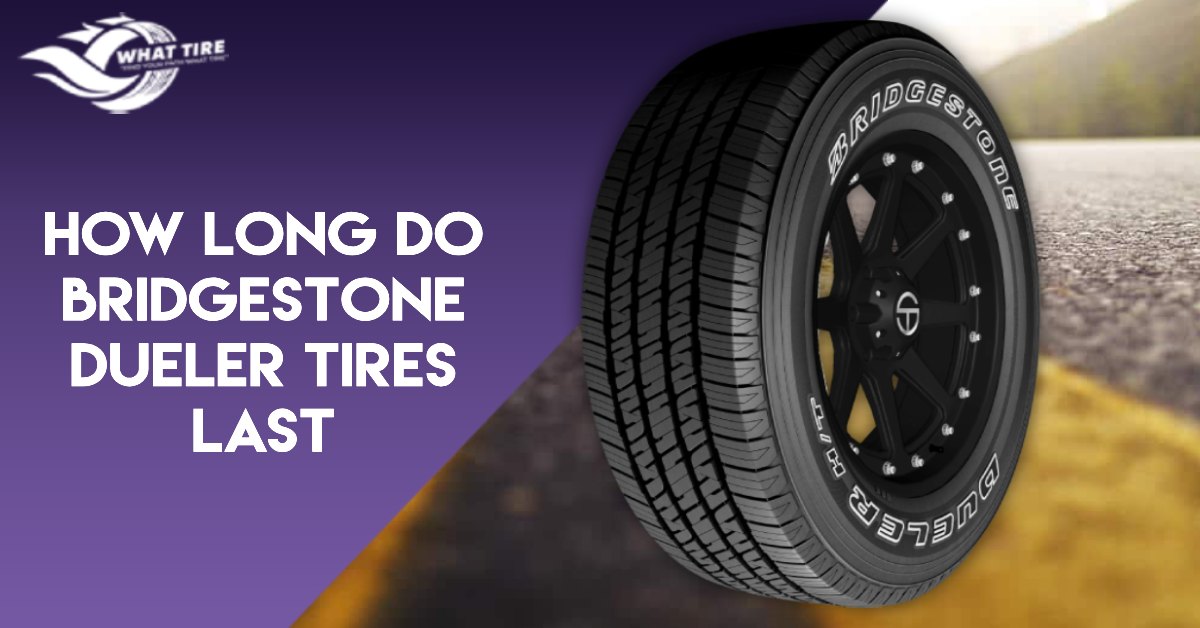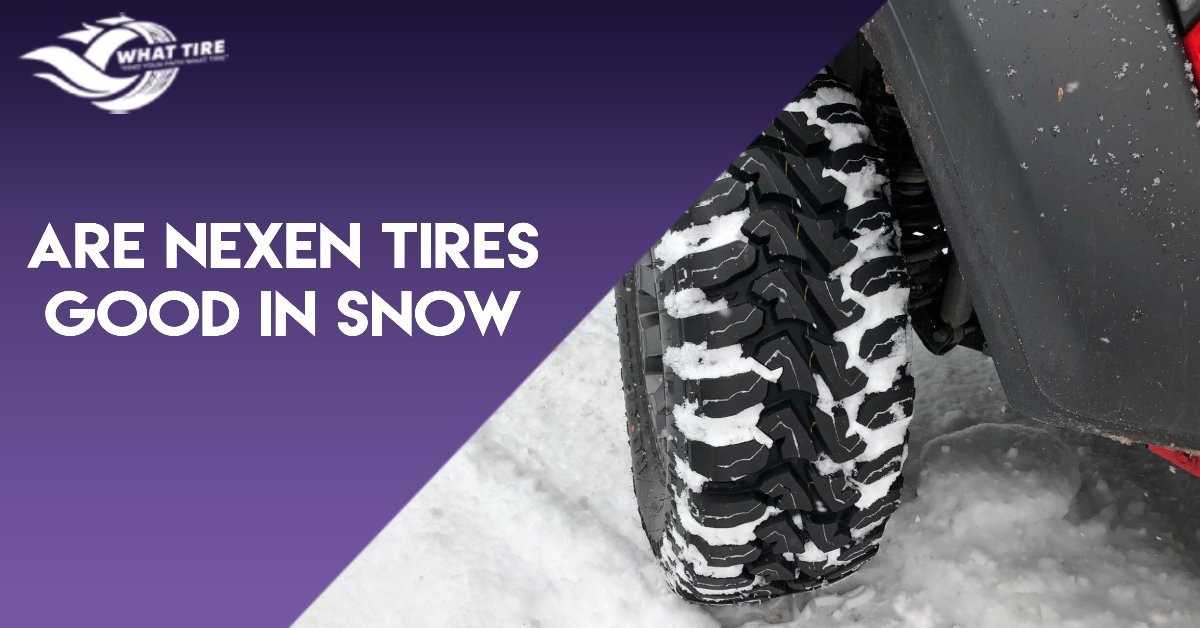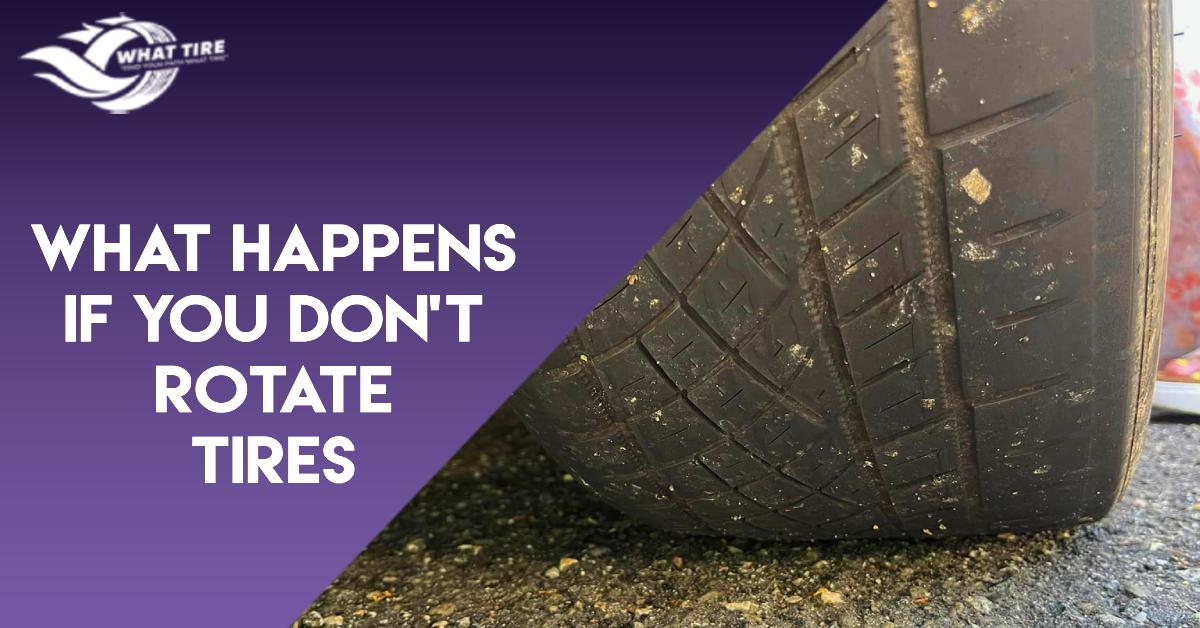Tire maintenance is a crucial aspect of ensuring your vehicle’s optimal performance, safety, and longevity. Neglecting routine tire care, such as rotation, can have a significant impact on your driving experience and even your wallet. In this guide, we’ll delve into the importance of regular tire rotation and explore what happens if you don’t rotate tires.
We will also cover the consequences of overlooking this essential maintenance task.
Table of Contents
ToggleImportance of Tire Rotation
Before we delve into the details of what happens when you don’t rotate your tires, it’s best to understand the importance of tire rotation. However, you can read a detailed guide about what rotating your tires means, here.
Coming back to the point, let’s get started with why tire rotation is important in the first place.
- Even Tire Wear: Tire rotation involves moving tires from one position to another on the vehicle. This even distribution of wear helps to extend the overall lifespan of the tires.
- Maximized Traction: Uneven tire wear can lead to reduced traction, especially during wet or slippery conditions. Properly rotated tires ensure consistent grip on the road.
- Improved Fuel Efficiency: Unevenly worn tires can increase rolling resistance, resulting in decreased fuel efficiency. Regular rotation helps maintain consistent efficiency.
- Enhanced Handling: Balanced tire wear contributes to more balanced and predictable handling, allowing for better control during turns and maneuvers.
- Prevention of Irregular Wear Patterns: Different tire positions experience different forces. Rotating tires helps prevent specific patterns of wear, like cupping or feathering, which can affect comfort and handling.
- Consistent Braking Performance: Even tire wear ensures that braking forces are distributed evenly across all tires, leading to more predictable and effective braking.
- Extended Tire Lifespan: By preventing uneven wear, tire rotation can extend the life of your tires, saving you money on premature replacements.
- Safety Enhancement: Proper tire rotation maintains optimal tire performance, reducing the risk of blowouts or other tire-related incidents that could compromise safety.
Tire rotation is a proactive step that addresses these issues before they become more significant problems, ultimately contributing to a smoother, safer, and more cost-effective driving experience.
Understanding Tire Wear Patterns
Next, we’ll dive deeper into the specific consequences of neglecting tire rotation and explore how it impacts various aspects of your vehicle’s performance.
Let’s start off with understanding the tire wear patterns, which can reveal a lot about your vehicle’s alignment, suspension, and tire maintenance. Here are some common wear patterns to look out for:
- Cupping
This is characterized by uneven wear that creates low spots on the tire’s surface, resembling a cup. It’s often caused by issues with shock absorbers or struts.
- Feathering
Feathering occurs when the tread blocks on one side of the tire are smoother than the other, creating a sawtooth pattern. This can be caused by misaligned wheels.
- Center Wear
Excessive wear in the center of the tire suggests over-inflation, causing the center tread to carry most of the vehicle’s weight.
- Edge Wear
Edge wear, where the sides of the tire show more wear than the center, indicates under-inflation and an increased risk of blowouts.
- Shoulder Wear
If the shoulder of the tire has more wear than the center, it could be due to aggressive driving or improper alignment.
Is It Bad If You Don’t Rotate Your Tires?
Absolutely. Neglecting tire rotation can lead to a cascade of negative effects that impact various aspects of your vehicle’s performance and safety.
Not rotating your tires can lead to a range of negative consequences that affect your vehicle’s performance, safety, and cost of ownership. Regular tire rotation is a proactive measure that preserves tire integrity, maximizes its lifespan, and ensures a smoother, safer ride.
Conclusion
In conclusion, neglecting tire rotation can lead to uneven wear, impacting handling, fuel efficiency, and safety. Regular rotation is an investment in tire longevity and driving safety. By following recommended schedules, practicing proper driving habits, and maintaining tire balance, you ensure optimal performance and a safer driving experience. Prioritize tire care for a smoother and safer journey.
FAQ’s
Tire rotation is essential to ensure even wear and extend the lifespan of your tires. It helps maintain proper handling, traction, and fuel efficiency.
Tire rotation is typically recommended every 6,000 to 8,000 miles. But it may vary depending on your vehicle and driving habits. Refer to your owner’s manual for specific guidelines.
Without regular rotation, tires can wear unevenly, leading to decreased handling, reduced traction, and a shorter tire lifespan. This can also impact your vehicle’s safety and performance.
Yes, rotating your tires can save you money by extending their lifespan. Uneven tire wear can lead to premature replacement, which can be costly.
While it’s possible to rotate tires at home if you have the necessary tools and knowledge. It’s often recommended to have it done by a professional to ensure it’s done correctly and safely.
Signs include uneven tire wear, decreased traction, increased road noise, and a noticeable pull to one side when driving. If you notice any of these, it’s time to rotate your tires.
It’s generally not recommended to rotate tires with significantly different tread patterns or sizes, as it can affect your vehicle’s handling and safety. Stick to rotating tires of the same size and type.
Tire rotation is typically considered part of routine maintenance and shouldn’t affect your vehicle’s warranty. However, it’s essential to follow the manufacturer’s recommended maintenance schedule to maintain warranty coverage.







